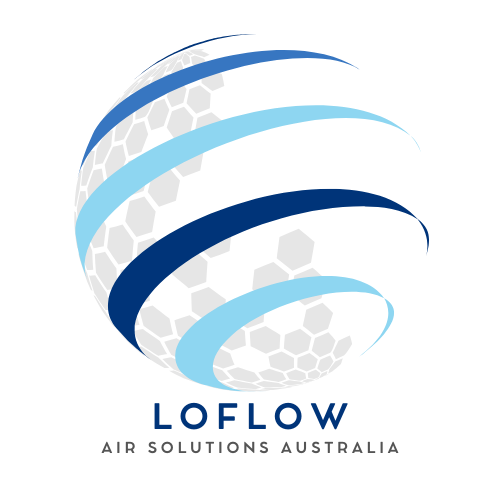The Removal of Airborne SARS-CoV-2 and Other Microbial Bioaerosols by Air Filtration on COVID-19 Surge Units
Share
Key Takeaways
- Air Filtration's Role: Crucial in minimizing airborne SARS-CoV-2 in hospital environments.
- Study Insights: HEPA filters and UV light sterilization have shown promising results.
- Broader Impacts: Potential to reshape healthcare safety and air quality standards.
Introduction
Imagine a hospital ward, a frontline in the battle against COVID-19. Here, the air itself could be a carrier of danger - airborne SARS-CoV-2. Amidst this, an unassuming hero emerges: air filtration. It's not just about filtering out the bad; it's about protecting those within these walls. This article explores the impact of air filtration in COVID-19 surge units, turning a new page in hospital safety.
Background: The Airborne Threat of SARS-CoV-2
The whisper of air carrying SARS-CoV-2 has been a hidden adversary in hospitals. As the pandemic surged, many wards were hastily repurposed, often lacking in air change capabilities. This section unravels the airborne transmission of the virus, particularly in these high-risk zones.
Study Overview: Air Filtration in COVID-19 Wards
Enter a team from the University of Cambridge, armed with science and determination. They embarked on a mission: to test air filtration in the real-world chaos of COVID-19 wards. Their approach? Combining HEPA filters with UV sterilization, hoping to clear the air, quite literally.
Results: Effectiveness of Air Filtration and UV Sterilization
The results were nothing short of a revelation. Before the air filters hummed to life, SARS-CoV-2 was an unwelcome presence. But once activated, these filters and UV lights turned the tide, significantly reducing airborne pathogens. This section delves into these findings, shedding light on a potential path forward.
Implications for Hospital Safety and Standards
This isn't just about one study or one ward. It's about setting a precedent, much like we have for clean water and food hygiene. Here, we explore how this breakthrough could pave the way for safer hospital environments and possibly, a global standard for air quality in healthcare settings.
FAQs
Q: How effective are HEPA filters in removing SARS-CoV-2?
A: Remarkably so. In studies, HEPA filters have shown significant efficacy in reducing airborne SARS-CoV-2 particles.
Q: Can air filtration alone ensure safety in COVID-19 wards?
A: While effective, it's part of a broader strategy, including PPE and other safety measures.
Q: What are the challenges in implementing air filtration in hospitals?
A: Cost, infrastructure adaptations, and establishing consistent standards are among the key challenges.
Conclusion
As we navigate this pandemic, air filtration emerges as a beacon of hope in our arsenal. This innovation goes beyond technology; it's about reimagining safety in our healthcare havens. The journey has just begun, but the path is clear - cleaner air could be a vital key in protecting our frontline warriors and their patients.
